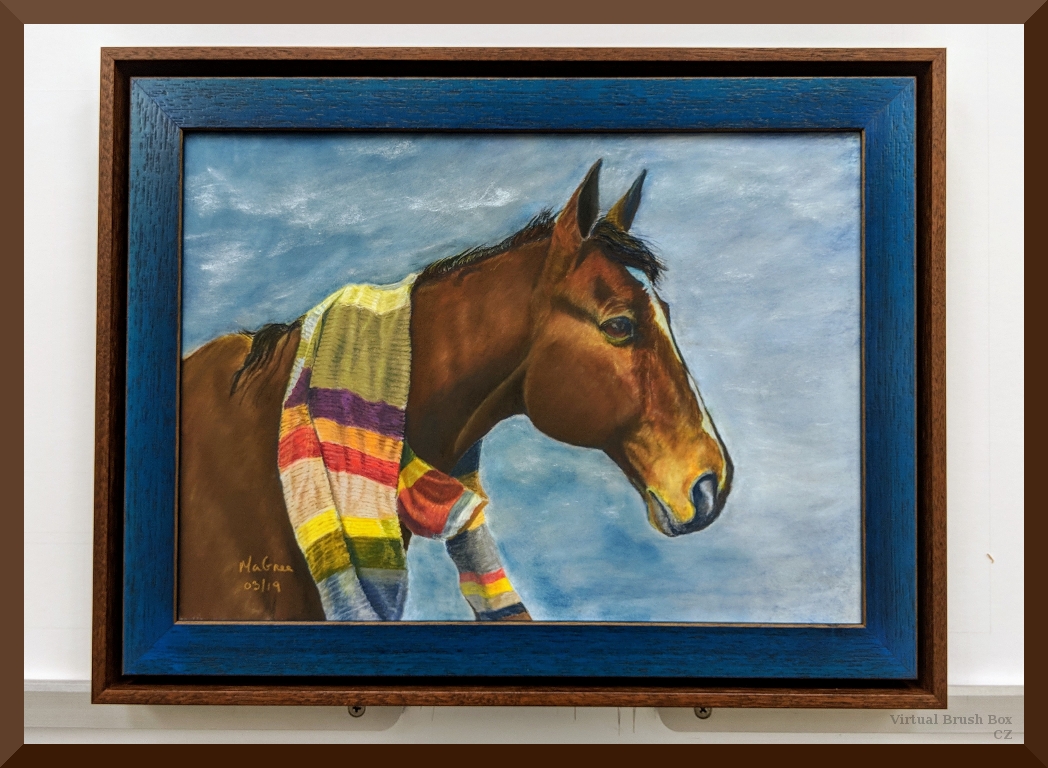The Third and Final Experimental Irrigation System

I put this picture at the end of Growing Water Bottles as a teaser, to see if anyone would guess what our third irrigation system would be. The Horse Mad Scientist suggested it was a mini-cloche. Good guess, but WRONG! I have used large 5L water bottle as cloches before, mind you. They worked really well – cut the tops off and sit them over the tender plants at night time or when the weather is cold. Another use for your waste plastic!
Anyway, if you look closely at the photo above, you’ll see that the green things inside the little bottle are actually pieces of rope.
Those pieces of rope – there’s two in this case – are sitting in a bottle of water. They are fed out through the top and go immediately underground. They’re approximately 3cm below the surface, and they travel for a distance of about 50cm, in two nice parallel lines. Water wicks along the length of the rope from the bottle, providing a slow, steady feed of water to the surrounding soil. I’m quite certain this works – I tested the rope for wickability on a bought-in basil plant some time ago, and it worked really well – too well, in fact, on the days when the sun didn’t shine. I’ve left the ends of the rope sticking out of the ground, so I can check that they are damp any time I’m worried that my plants are not getting enough water. By pure chance, this little plastic bottle fits perfectly over the point where the ropes emerge from the bottle and I’m using it to block evaporation at that point.

Disassembled! You can see the two lines of Welsh onions behind, and a piece of rope sticking up at the end
Sitting on top of the buried ropes are two lines of Welsh Onions, Ciboulette Ishikura in French, which is supposedly halfway between a leek and a scallion. I’ve never had them before, but the description on the packet made them sound very good so I planted the first lot of seeds some time ago and moved them outside at the end of April. I sowed a second line beside them at the same time, having planted the rope beforehand, mind you!

Planting ropes around the rhubarb
I’m using the same system in the rhubarb patch.

The full rhubarb set-up
At the time when I set up these ones, I was struggling to find enough containers to use, so it’s a bit Mix ‘n’ Match – there’s a 75cl bottle at the bottom, a 3L bottle in the middle and a 1L bottle at the top. I will become more consistent over time, I swear! Three 3L bottles would be great here, I would have to refill much less often.
I’m using a different method to stop evaporation here. I’ve stretched pieces from an inner tube over the bottle caps, attached them to a short piece of hosepipe, fed the buried rope through the whole lot, screwed on the caps and buried the ends of the hosepipe pieces in the ground.

A closer look at the bottle top/inner tube/hosepipe arrangement
This particular installation is working really well. The rhubarb looks fantastic and I can now say it tastes great too – we had our first sample of it the other day when I made a rhubarb crumble to bring to our neighbours’ for lunch.
This is a really good system for providing a slow, steady feed of water. If you are more organised than me and collect 3L and 5L bottles over the course of the winter, you’d have a set-up which could last for a week easily without adding water. However, I feel it’s probably best suited to plants that don’t like to send out deep roots, so in my test cases the rhubarb and Welsh Onions seemed the best candidates for this one.
There are two final irrigation systems ready for use in my potager.
But there’s nothing experimental about these. These are for refilling bottles, clay pots and also for In Case one of the other systems is a total failure.
And now my neighbour tells me that this is going to be a wet year so perhaps I’ve set all this up for nothing. But we’ll see!





